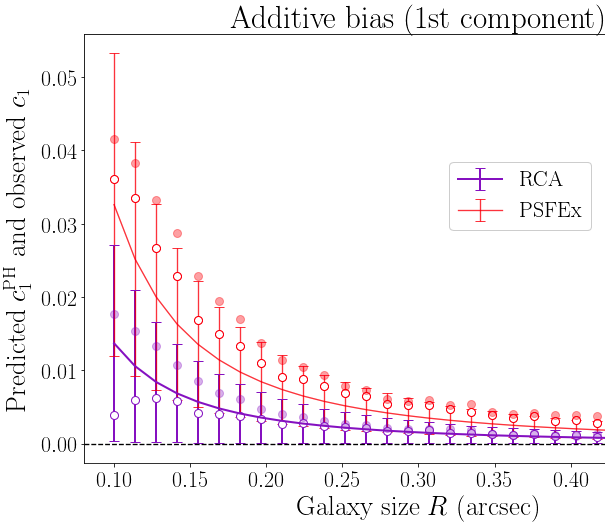| Authors: | M.A. Schmitz, J.-L. Starck, F. Ngole Mboula, N. Auricchio, J. Brinchmann, R.I. Vito Capobianco, R. Clédassou, L. Conversi, L. Corcione, N. Fourmanoit, M. Frailis, B. Garilli, F. Hormuth, D. Hu, H. Israel, S. Kermiche, T. D. Kitching, B. Kubik, M. Kunz, S. Ligori, P.B. Lilje, I. Lloro, O. Mansutti, O. Marggraf, R.J. Massey, F. Pasian, V. Pettorino, F. Raison, J.D. Rhodes, M. Roncarelli, R.P. Saglia, P. Schneider, S. Serrano, A.N. Taylor, R. Toledo-Moreo, L. Valenziano, C. Vuerli, J. Zoubian |
| Journal: | submitted to A&A |
| Year: | 2019 |
| Download: | arXiv |
Abstract
Context. Future weak lensing surveys, such as the Euclid mission, will attempt to measure the shapes of billions of galaxies in order to derive cosmological information. These surveys will attain very low levels of statistical error and systematic errors must be extremely well controlled. In particular, the point spread function (PSF) must be estimated using stars in the field, and recovered with high accuracy.
Aims. This paper's contributions are twofold. First, we take steps toward a non-parametric method to address the issue of recovering the PSF field, namely that of finding the correct PSF at the position of any galaxy in the field, applicable to Euclid. Our approach relies solely on the data, as opposed to parametric methods that make use of our knowledge of the instrument. Second, we study the impact of imperfect PSF models on the shape measurement of galaxies themselves, and whether common assumptions about this impact hold true in a Euclid scenario.
Methods. We use the recently proposed Resolved Components Analysis approach to deal with the undersampling of observed star images. We then estimate the PSF at the positions of galaxies by interpolation on a set of graphs that contain information relative to its spatial variations. We compare our approach to PSFEx, then quantify the impact of PSF recovery errors on galaxy shape measurements through image simulations.
Results. Our approach yields an improvement over PSFEx in terms of PSF model and on observed galaxy shape errors, though it is at present not sufficient to reach the required Euclid accuracy. We also find that different shape measurement approaches can react differently to the same PSF modelling errors.


